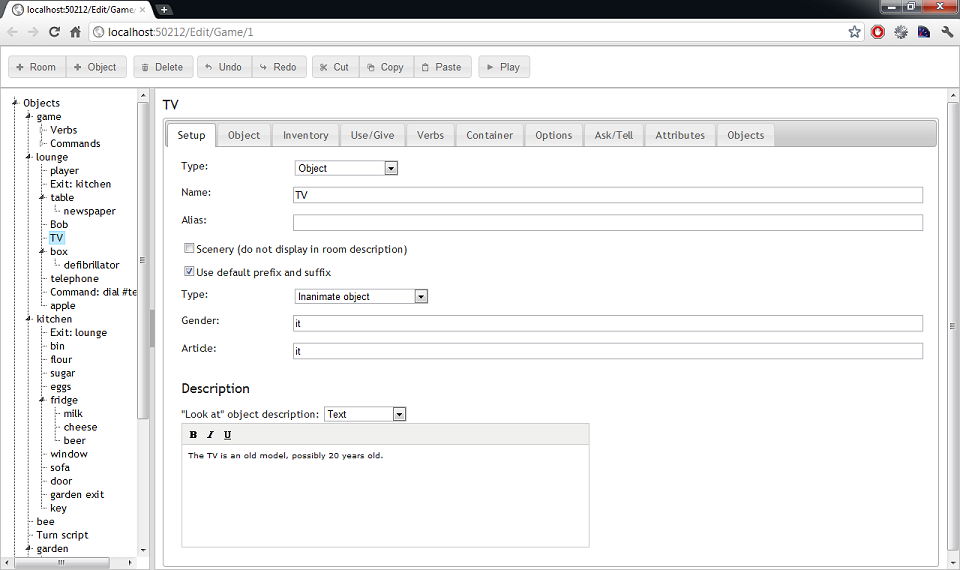

Users can upload a starting image and then create a range of variations similar to it. Another feature, variations, is sort of like an image search tool for pictures that don’t exist. The model can fill (or remove) objects while accounting for details like the directions of shadows in a room. You can block out a painting on a living room wall and replace it with a different picture, for instance, or add a vase of flowers on a coffee table. Users can start with an existing picture, select an area, and tell the model to edit it. One of the new DALL-E 2 features, inpainting, applies DALL-E’s text-to-image capabilities on a more granular level. A DALL-E 2 result for “Shiba Inu dog wearing a beret and black turtleneck.” It’s attempting to address those issues using technical safeguards and a new content policy while also reducing its computing load and pushing forward the basic capabilities of the model. At the time, OpenAI said it would continue to build on the system while examining potential dangers like bias in image generation or the production of misinformation. It was a limited but fascinating test of AI’s ability to visually represent concepts, from mundane depictions of a mannequin in a flannel shirt to “a giraffe made of turtle” or an illustration of a radish walking a dog.

The original DALL-E, a portmanteau of the artist “Salvador Dalí” and the robot “WALL-E,” debuted in January of 2021. But researchers can sign up online to preview the system, and OpenAI hopes to later make it available for use in third-party apps. As with previous OpenAI work, the tool isn’t being directly released to the public. It also includes new capabilities, like editing an existing image. DALL-E 2 features a higher-resolution and lower-latency version of the original system, which produces pictures depicting descriptions written by users. Artificial intelligence research group OpenAI has created a new version of DALL-E, its text-to-image generation program.


 0 kommentar(er)
0 kommentar(er)
